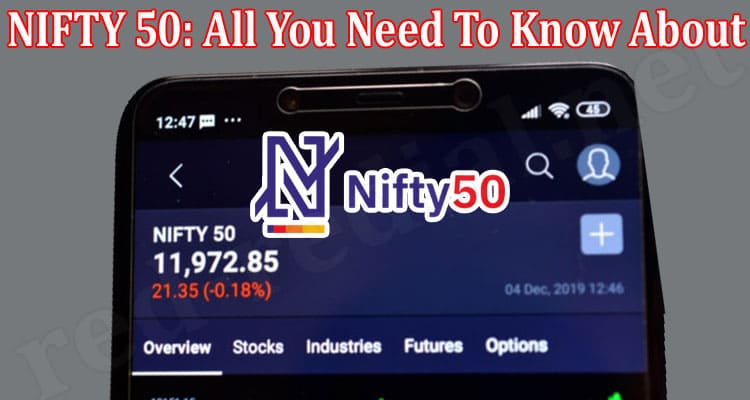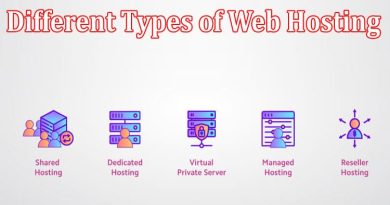Investing in Blockchain: Opportunities and Risks
Blockchain technology has enormous potential to benefit businesses, regardless of industry. However, is it risk-free?
Blockchain technology
Blockchain technology is an innovative protocol for exchanging and storing information. It’s a mechanism that allows secure database sharing over a decentralized computer network. It sounds like nothing special, but it’s actually amazing technology.
A blockchain works according to specific rules. These rules make it unique and perfectly suitable for use in the world of digital currencies, but also for many other purposes.
Why is blockchain important?
Blockchain solutions can be successfully used in all fields of social and economic life where there is a need to process huge amounts of data related to transactions of various types and where the integrity of the data is of absolute importance.
Besides money, such data are, for example, medical data, data on transport, goods or real estate, music royalties, logistics supply chains, and others.
How does blockchain work?
A blockchain is a digital ledger that groups data into blocks. Hence, we can consider a block as a single unit of the database that contains certain pieces of information.
The blocks are permanently linked together, forming a chain, using cryptography. Each block has its own unique identifier, known as a hash. Also, each block contains the cryptographic hash of the previous block, a timestamp, and transaction data.
A blockchain isn’t stored on any server. Instead, blockchain uses a P2P network consisting of distributed computers. All data is shared and dispersed among these computers.
The information is recorded, but can’t be altered or deleted. Each participant in the blockchain can access the database, and owns an identical copy of it. Any changes or additions to the ledger are reflected and copied to all participants within seconds or minutes.
Blockchain features
There are three main features on which the blockchain system rests.
Decentralization
A blockchain is a decentralized ledger and, therefore, can’t be controlled by any authority, such as a bank, or government. A peer-to-peer network enables the existence of decentralization. Instead of connecting to some central server, people from all over the world maintain a network using their computers.
If some of the computers stop working, the power goes out, or something similar happens, the network continues to work, and the information remains safe.
Immutability
Every participant in the network has their own record of past transactions. The transactions can’t be changed, altered, erased, or stolen by a single party. The information written in the ledger remains forever.
Everything written on the blockchain is immutable, which is a big step forward when it comes to data reliability. This transparency eliminates the need for trust between participants, as there’s no possibility of data tampering.
Consensus
No new transaction can be recorded without the consent of the majority of participants in the network.
Although different blockchains use different consensus mechanisms, they all add blocks through a validation process.
Different types of blockchain
There are four main types of blockchain networks.
Public
Public blockchains are open-source software, fully accessible to everyone. Virtually anyone in the world can become part of the network, read, edit, and validate the blockchain.
Most importantly, these rights apply equally to all members of the blockchain.
Private
A private, or managed, blockchain is a closed network. It’s open only to those who have been granted access by the creator of the blockchain. The same applies to all other rights. Also, different members may have different rights.
It’s partially decentralized, and uses a P2P system, but this type of blockchain is still controlled by a single authority.
Hybrid
A hybrid blockchain is a combination of public and private. This type allows for a distributed ledger where some data will be publicly available, but still restricts access to some more sensitive data.
Consortium
A consortium blockchain is similar to a private one, but here the ledger is controlled by multiple entities.
Benefits of blockchain
The numerous advantages of blockchain technology provide opportunities to create new business models, progress, or profits in various industries, from food supply to asset trade.
Enhanced security
Besides decentralization, cryptography, and consensus, blockchain improves cybersecurity by simply removing the need for human intermediaries. This reduces the risk of hacking, corruption, fraud, or human error.
Transparency
The technology can be used to create and maintain a shared database that is constantly synchronized and available to everyone at any time.
Whether large or small, companies can use this to increase transparency, identify problems within the supply chain, and simplify industrial processes.
Traceability
Blockchain allows each product to be tracked using blockchain databases in real time, from the moment of creation to the purchase by the end consumer.
This eliminates potential abuses in the life cycle of the product, such as the manipulation of the origin and shelf life of the product. It also provides an excellent audit trail, facilitating auditability of digital assets.
Efficiency and cost reduction
Traditional paperwork processes are slow, very often prone to human error, and require third-party mediation. Blockchain increases efficiency and speeds processes up. At the same time, it reduces costs.
This is especially true when using smart contracts. Smart contracts automate transactions using pre-defined contract rules and exchange policies. The contracts significantly increase security, and reduce the cost of the participation of intermediaries who take care of security and generally record the execution of transactions.
Blockchain risks
No technology is 100% risk-free, and blockchain is no exception. While highly secure and robust, this technology also has some potential issues, including the following.
Lack of standardization
Blockchain is a relatively new technology. This means that it’s hard to integrate its protocols into a project. Also, it suffers from a lack of universal standards, and interoperability issues.
In addition, there is a shortage of blockchain software engineers, making blockchain-based applications expensive to develop and maintain.
Carbon footprint problem
At the moment, some blockchains require enormous processing power, due to the extremely complex cryptography that computers must solve to enable data storage and access. This consumes tons of electricity, and leaves a large carbon footprint.
Scalability and storage
With the increasing number of transactions, scalability and storage are massive challenges for blockchain technology.
Data privacy risks
A blockchain contains data that is encrypted and anonymous. However, each participant has access to this data. Therefore, malicious users could use transaction data to discover a person’s identity and abuse this information.
Security risks
Although the blockchain system protects confidential information and users from hacking, hackers are constantly looking for the weakest link to attack it. Also, illegal trading on the blockchain is possible.
Regulation risks
Lack of regulation can create a risky environment, and increase fraud and market manipulation. Also, non-compliance with legal regulations can often make it difficult for end users to use their digital assets.
There’s no compatibility between smart contracts and regulations, so potential problems arising from the use of smart contracts can hardly be solved within the legal system.
The future is now
Blockchain technology has the potential to radically change manufacturing, supply chains, as well as to streamline processes, and improve overall security. It could impact banking, business, healthcare, election, and other aspects of life. Actually, blockchain’s effects on these industries have already started.
For this technology, especially in combination with AI and IoT, only our imagination is the limit. Are you ready for it?




